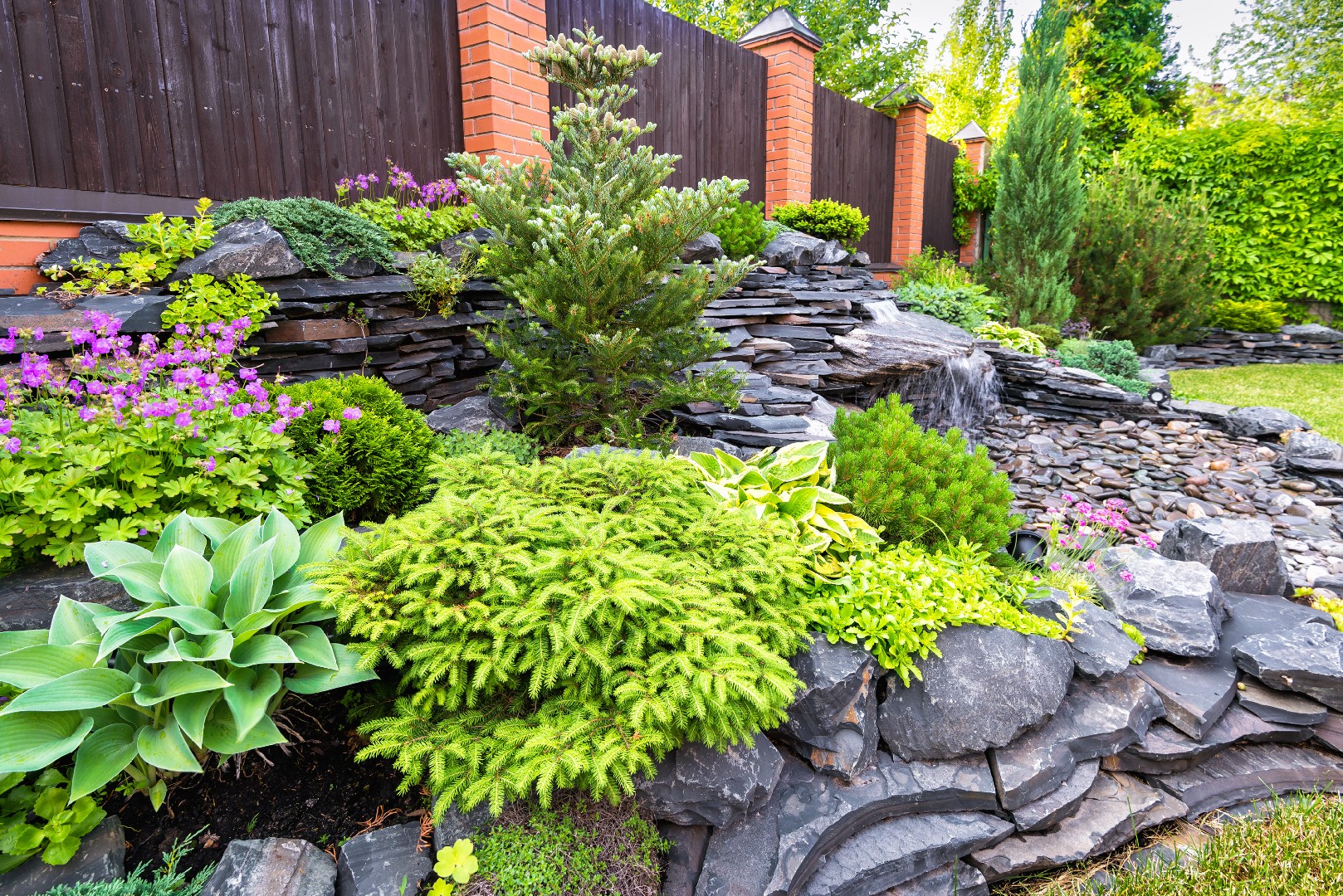![Rectangle]()
Understanding the Role of Foliage
In the art of garden design, foliage plays a crucial role in creating a visually stunning and dynamic landscape. It provides texture, color, and visual interest throughout the year, making it an essential element for any garden enthusiast. By understanding the different aspects of foliage, such as leaf shapes, sizes, and combinations, you can create a garden that is truly captivating.
When designing with foliage, it is important to consider the wide variety of leaf shapes available. Leaves can range from broad and round to narrow and elongated, and everything in between. By incorporating a mix of leaf shapes, you can create a visually dynamic garden that catches the eye from every angle. For instance, using plants with large, rounded leaves in the foreground and those with delicate, elongated leaves in the background can create a sense of depth and dimension in your garden.
Additionally, the size of foliage also plays a significant role in garden design. By combining plants with different leaf sizes, you can achieve a balanced and visually appealing composition. For example, pairing plants with large, bold leaves with those that have smaller, delicate leaves can create a harmonious contrast that adds interest to your garden.
Contrast, harmony, and rhythm are fundamental principles in creating a visually striking garden. Contrast refers to the juxtaposition of different elements, such as color, texture, or form, to create visual interest. For foliage-focused gardens, contrast can be achieved by combining plants with different leaf colors, textures, or sizes. This can create a vibrant and eye-catching display that keeps your garden visually engaging throughout the year.
Harmony, on the other hand, involves the combination of elements that work together cohesively. When selecting foliage plants, choosing those that complement each other in terms of color, texture, and form can create a harmonious and visually pleasing garden. This ensures that all the elements in your garden work in harmony, creating a sense of unity and balance.
Lastly, rhythm refers to the repetition of certain elements to create a sense of movement and flow in your garden. When designing with foliage, you can create rhythm by strategically placing plants with similar leaf shapes or colors throughout your garden. This repetition adds a sense of continuity and rhythm, guiding the viewer's eye through the landscape.
When it comes to designing with foliage, the possibilities are endless. By understanding the role of foliage and incorporating the principles of contrast, harmony, and rhythm, you can create a garden that is not only visually striking but also constantly evolving throughout the year. So, go ahead, unleash your creativity, and master the art of foliage focus in your garden!





